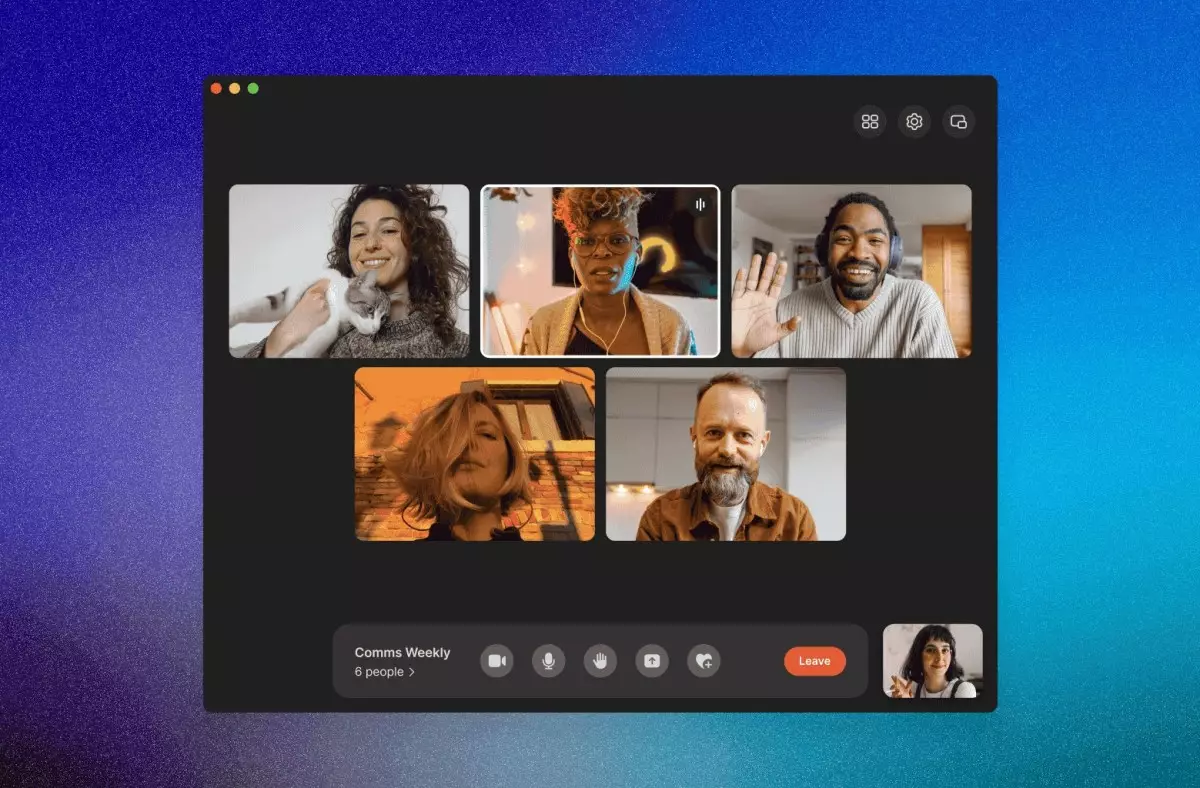In an era where video conferencing platforms have surged in popularity, Privacy-focused messaging app Signal has taken noteworthy steps towards positioning itself as a formidable alternative to industry giants such as Zoom, Google Meet, and Microsoft Teams. Recently, Signal has introduced a series of new features aimed specifically at enhancing user experience in video calls. This article will delve into these updates and their implications for both Signal and the broader landscape of virtual communication.
One of the most significant features introduced in this update is the addition of a “Calls” tab. This essential component allows users to make new calls, facilitate call links, and monitor their call history with relative ease. By adopting a similar approach to that of other well-known platforms, the introduction of reusable links represents a considerable shift in how users engage with the app. Instead of needing to create a group for every meeting, individuals can simply share a link, encouraging more seamless interaction and reducing the friction often associated with setting up calls. The option to use these links for recurring meetings further highlights the practical utility of this feature.
In response to the needs of both casual users and organizations alike, Signal’s new functionalities encompass a range of meeting management options. Users can now name their calls and manage participant permissions, including the ability to allow or deny entry, which can be crucial for maintaining the integrity of private discussions. The additional hand-raising feature allows participants to queue questions, mimicking elements that users have come to expect from established platforms. This thoughtful integration of features showcases Signal’s commitment to providing a comprehensive experience tailored to the demands of modern communication.
For desktop users, Signal has also implemented variations in viewing modes—grid, sidebar, or speaker view—to cater to different preferences, improving the versatility of the platform. Furthermore, Signal has extended its capacity to support group video calls of up to 50 participants since its 2020 launch. Although this limit might lag behind competitors like WhatsApp, which offers support for 32 concurrent participants and has recently added screen sharing capabilities, Signal’s focus on privacy could potentially sway users to opt for its services.
As the digital landscape evolves, it is clear that video calls have become an integral part of personal and professional communication. In a statement, Signal articulated its dedication to evolving with these changes while maintaining its core promise of privacy-first communication. While the latest features may position Signal as a more robust competitor in the realm of video calls, the challenge will be to attract users seeking a blend of functionality, security, and ease of use.
Signal’s recent update reflects a strategic move to carve out a niche within a crowded marketplace of video conferencing applications. With its emphasis on privacy and user-friendly features, it has the potential to appeal to a growing base of users drawn to more secure communication options. As established platforms continue to innovate, Signal must continuously adapt its offerings to remain competitive and relevant, further shaping the future of digital communication.

